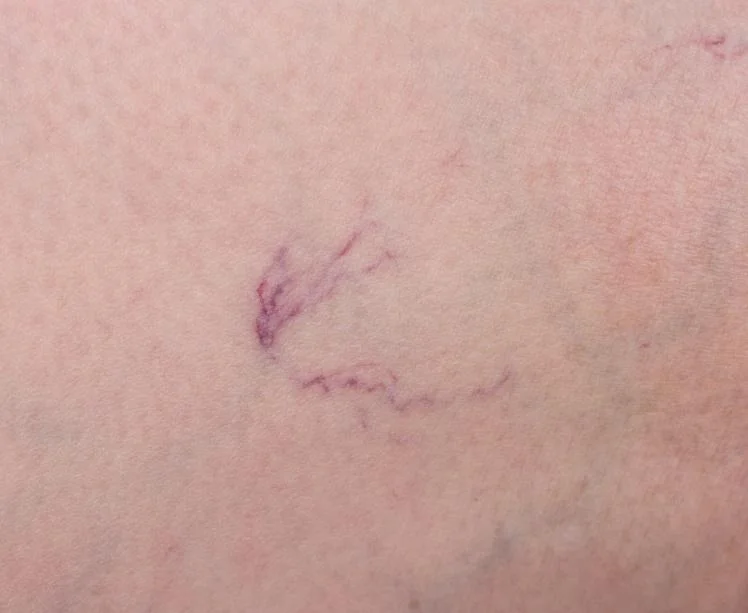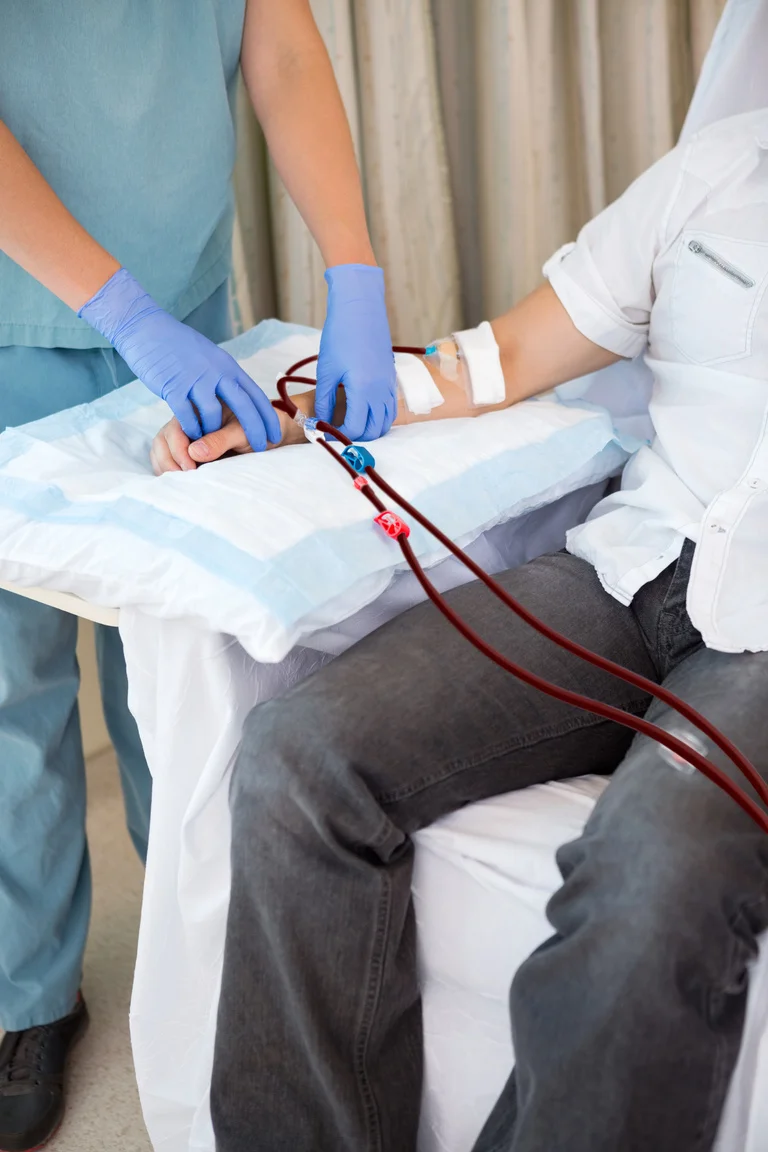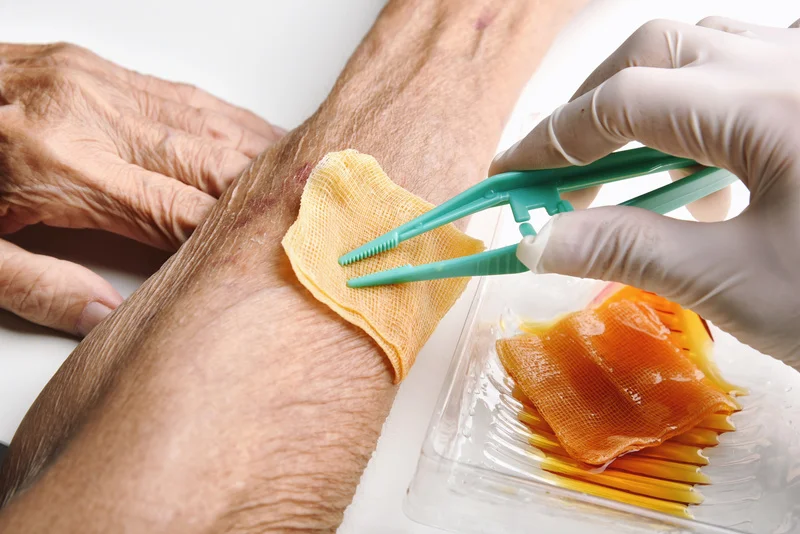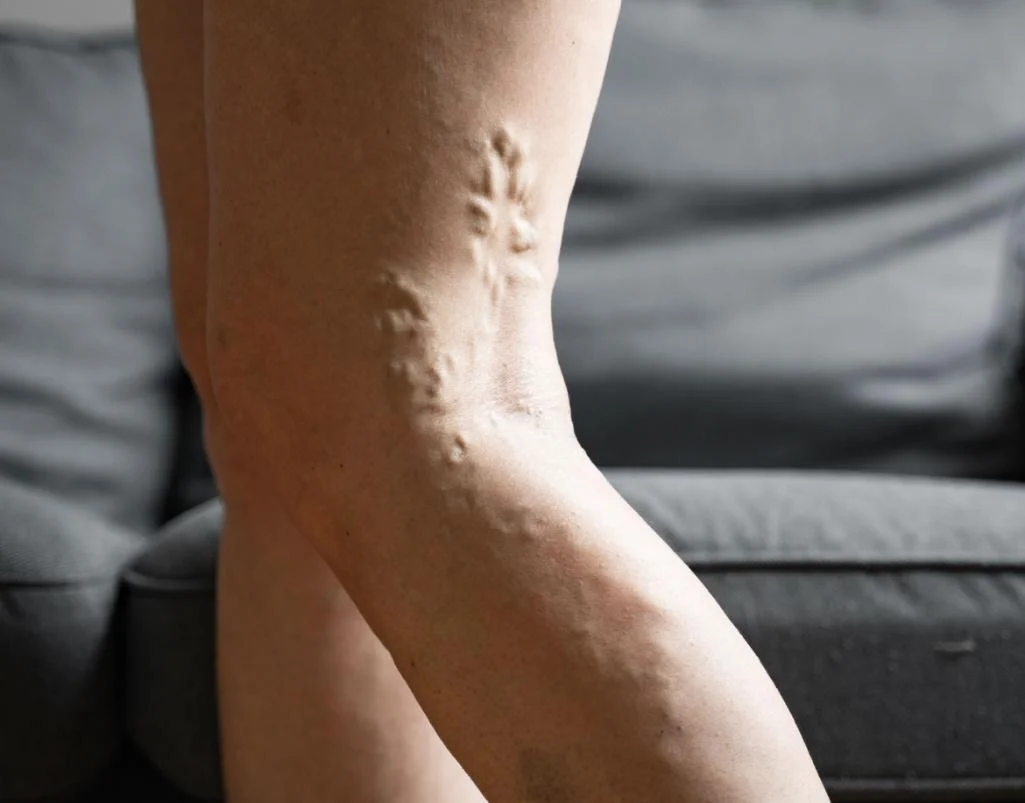
Vascular Surgeon for Deep Vein Thrombosis
Deep vein thrombosis (DVT) is a condition where a blood clot forms in the deep veins, usually in the legs. If untreated, DVT can lead to severe complications such as pulmonary embolism, where the clot travels to the lungs. A vascular surgeon for deep vein thrombosis is the right specialist to see because they can diagnose the problem, provide life-saving interventions, and manage your vascular health long term.
Why Choose a Vascular Surgeon for DVT?
While hematologists and vascular medicine specialists may help manage DVT with medications, a vascular surgeon brings unique expertise by offering:
- Comprehensive vascular evaluation to check for clots and circulation issues.
- Surgical and minimally invasive procedures to remove or reduce clots.
- Prevention strategies for future clot formation.
- Treatment of complications like post-thrombotic syndrome or chronic venous insufficiency.
This makes vascular surgeons essential when DVT requires more than medical therapy alone.
Diagnosis: Confirming Deep Vein Thrombosis
A vascular surgeon typically uses diagnostic imaging to confirm DVT, such as:
- Duplex ultrasound – the gold standard for detecting clots in the legs.
- CT or MR venography – detailed imaging for complex or extensive cases.
- Blood tests (D-dimer) – to support diagnosis and rule out other conditions.
Accurate diagnosis helps determine whether medical therapy, minimally invasive procedures, or surgery is needed.
Treatment Options for DVT
Treatment depends on clot size, location, and risk of complications. Options include:
- Medication – anticoagulants (blood thinners) to prevent clot growth.
- Catheter-directed thrombolysis – dissolves clots with medication delivered directly into the vein.
- Thrombectomy – surgical removal of a clot.
- IVC filter placement – a filter in the inferior vena cava to prevent clots from reaching the lungs.
A vascular surgeon tailors the treatment plan to the patient’s specific needs.
Preventing Complications and Recurrence
Left untreated, DVT can cause long-term issues like post-thrombotic syndrome (chronic pain, swelling, and skin changes in the legs). Vascular surgeons help reduce these risks by:
- Recommending compression stockings to improve circulation.
- Guiding lifestyle changes such as exercise and weight management.
- Coordinating ongoing care with other specialists to prevent future clots.
Final Thoughts
A vascular surgeon for deep vein thrombosis provides critical expertise in diagnosing, treating, and preventing this serious condition. With tools like duplex ultrasound, treatments such as clot removal or filter placement, and long-term vascular management, they ensure patients receive comprehensive care that goes beyond medication alone.
Frequently Asked Questions
1. What kind of doctor should I see for deep vein thrombosis (DVT)?
A vascular surgeon is the best specialist for DVT. They are trained to diagnose, treat, and manage blood clots in the veins, offering both medical and surgical interventions to restore circulation and prevent complications.
2. What are the warning signs of DVT?
Common symptoms include leg pain, swelling, warmth, redness, or tenderness, usually in one leg. If you experience sudden chest pain or shortness of breath, seek emergency care immediately, as this may indicate a pulmonary embolism.
3. How is deep vein thrombosis diagnosed?
The primary diagnostic tool is a duplex ultrasound, which checks blood flow and identifies clots. In more complex cases, CT or MR venography and D-dimer blood tests may also be used.
4. How is DVT treated by a vascular surgeon?
Treatment depends on severity. Options include anticoagulant medication, catheter-directed thrombolysis to dissolve clots, thrombectomy for surgical removal, and IVC filter placement to prevent clots from traveling to the lungs.
5. Can DVT be completely cured?
With early diagnosis and treatment, most patients recover well. However, ongoing management—including medication, compression therapy, and follow-ups—is key to preventing recurrence and long-term complications.
6. How can I prevent DVT from coming back?
To reduce recurrence risk, vascular surgeons recommend staying active, maintaining a healthy weight, avoiding prolonged sitting, and wearing compression stockings. Regular check-ups help ensure optimal vein health.

Take the First Step Towards Vascular Health Today!
Are you ready to transform your vascular health with expert care and cutting-edge treatments?
Dr. Darryl Lim and his dedicated team are committed to providing personalized, compassionate care. Whether you’re dealing with varicose veins, peripheral artery disease, or other vascular conditions, Dr. Lim’s expertise and innovative approach ensure you receive the best possible outcomes.
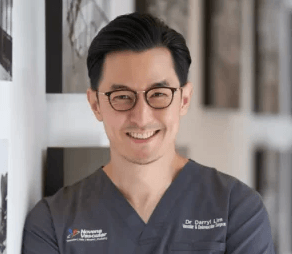
Dr. Darryl Lim is a Senior Consultant Vascular and Endovascular Surgeon at the Novena Vascular and Varicose Vein Centre in Singapore. Before this role, he served as the Director of the Vascular Unit at Changi General Hospital and as a Service Chief at the Singhealth-Duke NUS Vascular Centre. Under his tenure, Changi General Hospital’s Vascular Unit was recognized as a regional centre of excellence.
Dr. Lim has a strong commitment to training emerging interventionalists and enhancing the capabilities of vascular units in Southeast Asia. He is regularly invited to travel to regional units to conduct live case workshops and to speak at international conferences.

